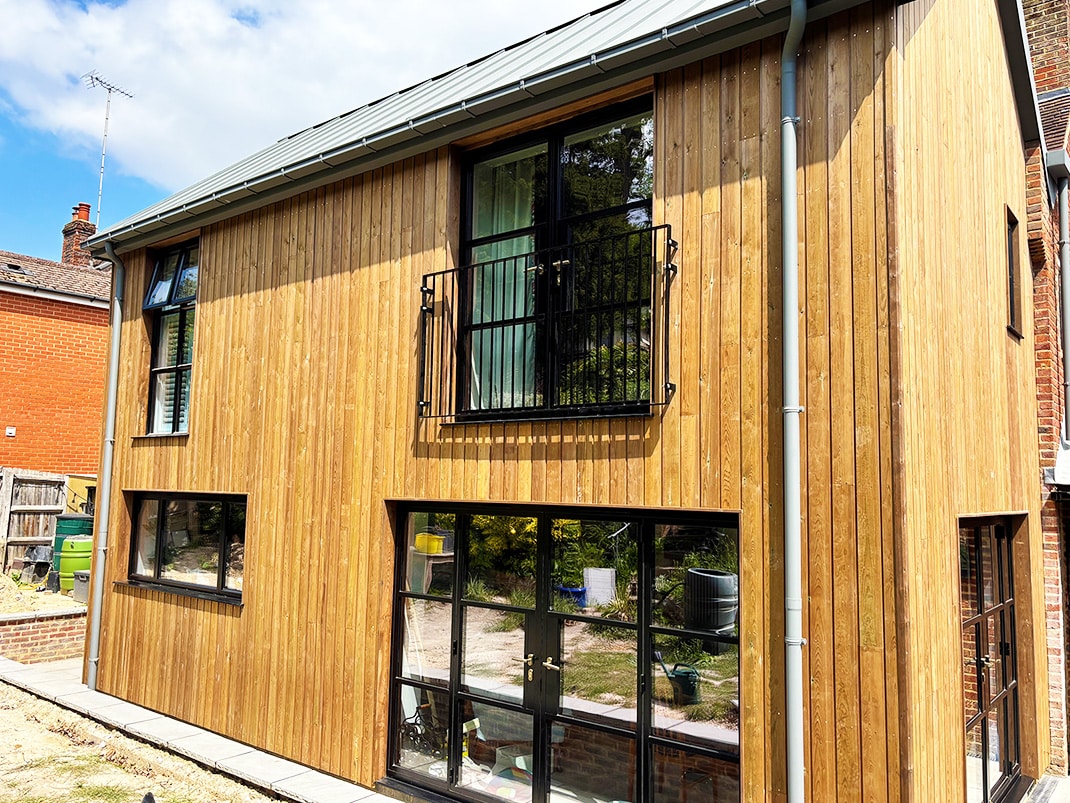Carpets may add a lovely, warm atmosphere to any space. Choosing the right fit for the room and purpose would be critical as not all carpets are made the same.
Some carpets may be lush with longer fibers, and some may be sturdier like commercial-grade carpeting. Installing carpets into a home will need an evaluation of how often you’ll use the area and how much foot traffic it will have to withstand.
Luckily, there are many different types of carpets available at your local carpet store. The staff at the store may be able to advise you on the best carpet to use for the various spaces of your home.
Considering adding carpets to your home? Here are things you need to know before installing them into your home:
Table of Contents
1. Find The Right Match
Keep in mind where the carpet will be used so the durability of the carpet can be taken into consideration. Color matching would also be essential as the carpet would have to match the room’s décor.
If the carpets are installed in a high-traffic area of the home, adding more commercial-grade carpeting will ensure that the carpet stays well-maintained for longer.
These carpets are made to withstand regular daily use through walking and equipment use. Because these carpets are more durable, they’re suitable for any home area, including bedrooms and entryways.
Fluffy, thick carpets might be preferred for the bedroom and bathroom because of their aesthetics. The lush fibers create the feeling of walking on clouds, and the soft feel under the foot can be rather soothing and relaxing.
Colors also matter when choosing the right carpet for your home. Keep in mind the area’s style so you can buy carpeting that’ll suit the style and color palette of the room.
2. What Does The Budget Say?
Keeping the budget in mind is always a good idea when installing new carpeting into the home. Get quotations from various companies for the installation and ensure that the quote includes everything.
Once the quotations are received, you can sit down with each of them to look at all the possible options that fit into the budget. Not all carpets and installers are alike, and finding the right installer is just as important as finding the right carpet for the home.
Finding the cheapest quote isn’t the main objective, but rather, finding the best quality that’d also suit your budget. The cheapest quote doesn’t always ensure quality, and you may want to consider finding an installer that’ll do a good job and not just save you money.
If possible, find reviews or references from other customers who used the same installer to see their experience. Reputable installers shouldn’t have many negative reviews, although you may always find one or two as people experience the service differently.
If an installer has many negative reviews, consider using another installer to prevent you from spending more money in the long run.
Incorrect installation methods may add extra zeroes to your carpet budget that weren’t considered initially.
3. Preparing The Rooms
When installing carpeting, the room needs to be prepared before installation can begin. Furniture will need to be moved out, and existing carpeting will need to be removed.
All the furniture in the room would have to be moved out for the following processes to run smoothly. This could be rather disrupting, especially in a regularly used space, like bedrooms, bathrooms, entrance halls, or family rooms.
If the inconvenience would be too much to bear, consider moving out of the home while the carpet installation is underway.
Another way of going about this would be to tackle one room at a time so furniture could be moved around from room to room. This could delay the process as one room at a time would be done instead of tackling multiple spaces simultaneously.
Removing the old carpeting could be done by the company installing the new carpet or removing it yourself. Just be sure that all the staples, nails, and fluff from the underfelt have been removed before the new installation.
If there’s any preparation for the floor underneath the old carpet, this should be finished before installing the new carpet. The floor would have to be prepared by sanding, removing carpet glue, removing nails or staples, sealing wooden floors, or repairing damages.
Covering It All
For the new carpet to last for years to come, consider the tips mentioned here. Good quality is rarely cheap, so make sure to add peace of mind to your budget through reputable installers and the best carpet choices. Make your carpet installation the best investment this year.







